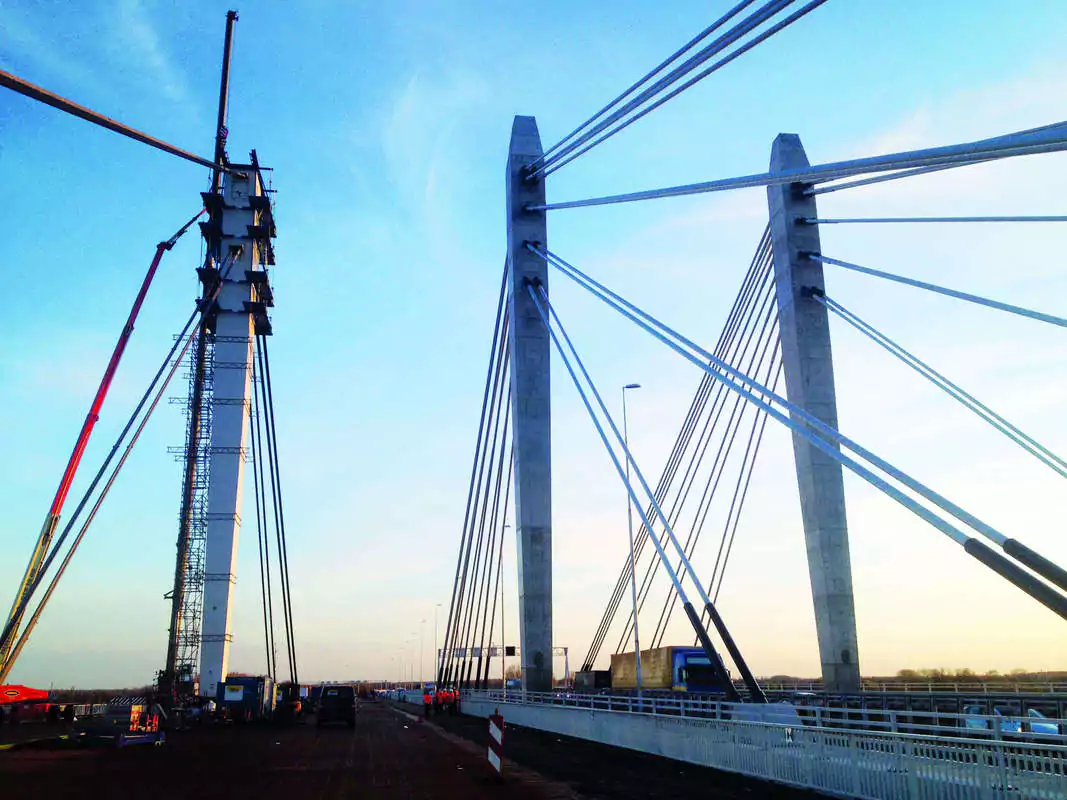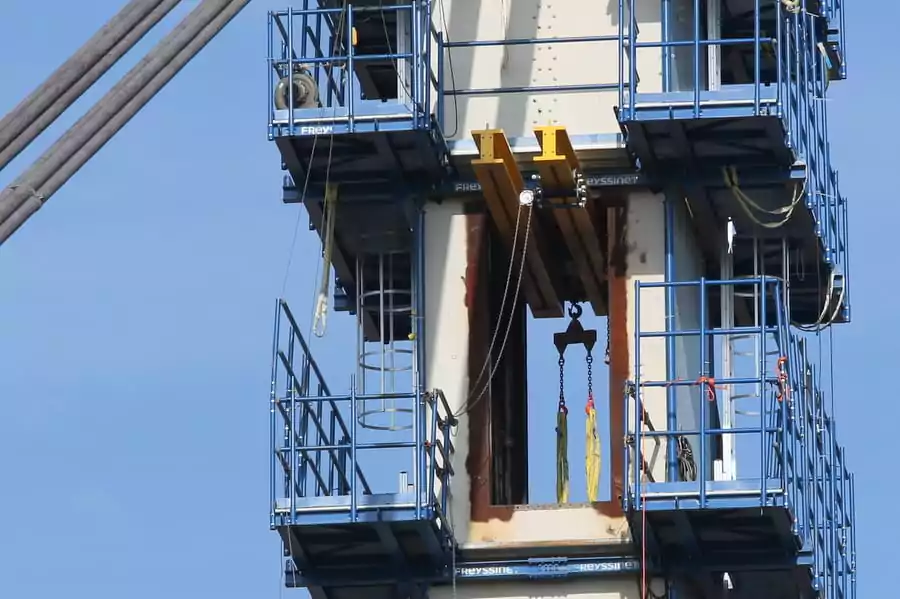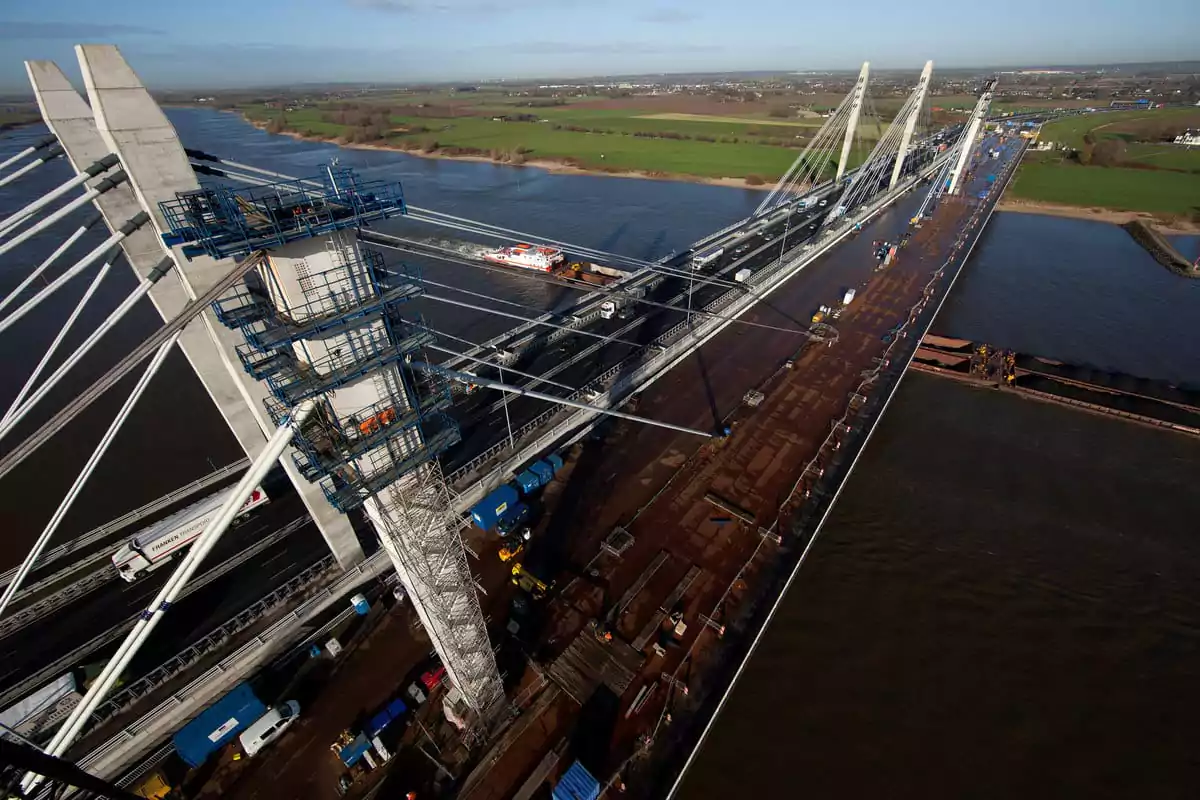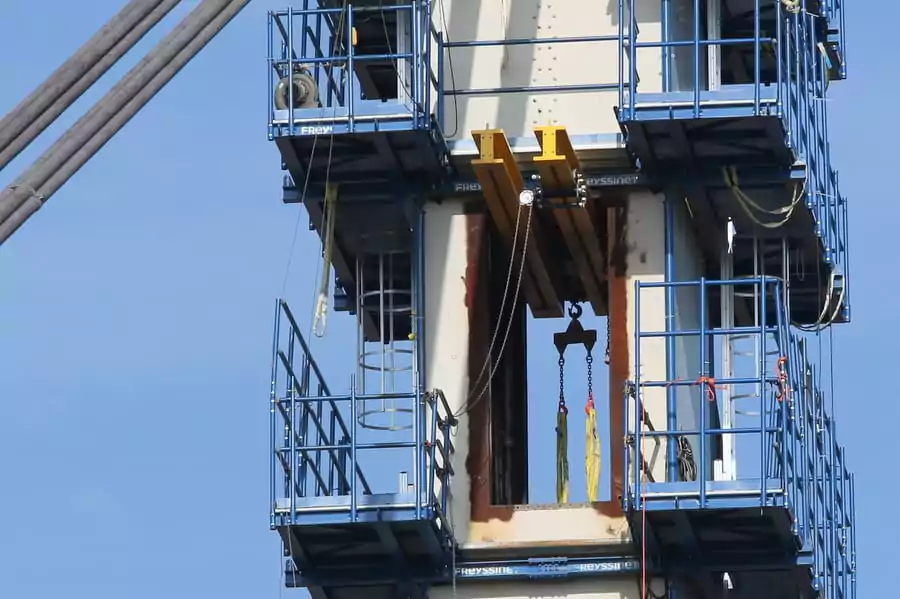
Complex structure
But the unconventional articulation of the structure, which featured hinged connections at the base of the pylons and lower cable deviation saddles, posed a headache for the specialists appointed to carry out the work. Freyssinet’s experience of working with complex bridges came to the fore during the tender procedure, when the company’s experts were able to reassure the main contractor and bridge owner that these technical challenges could be resolved.
Although the scheme bid documents proposed that the original locked-coil cables be replaced like-for-like, Freyssinet put forward an alternative that simplified the replacement process; we also brought the technical know-how to prove that it was feasible.



